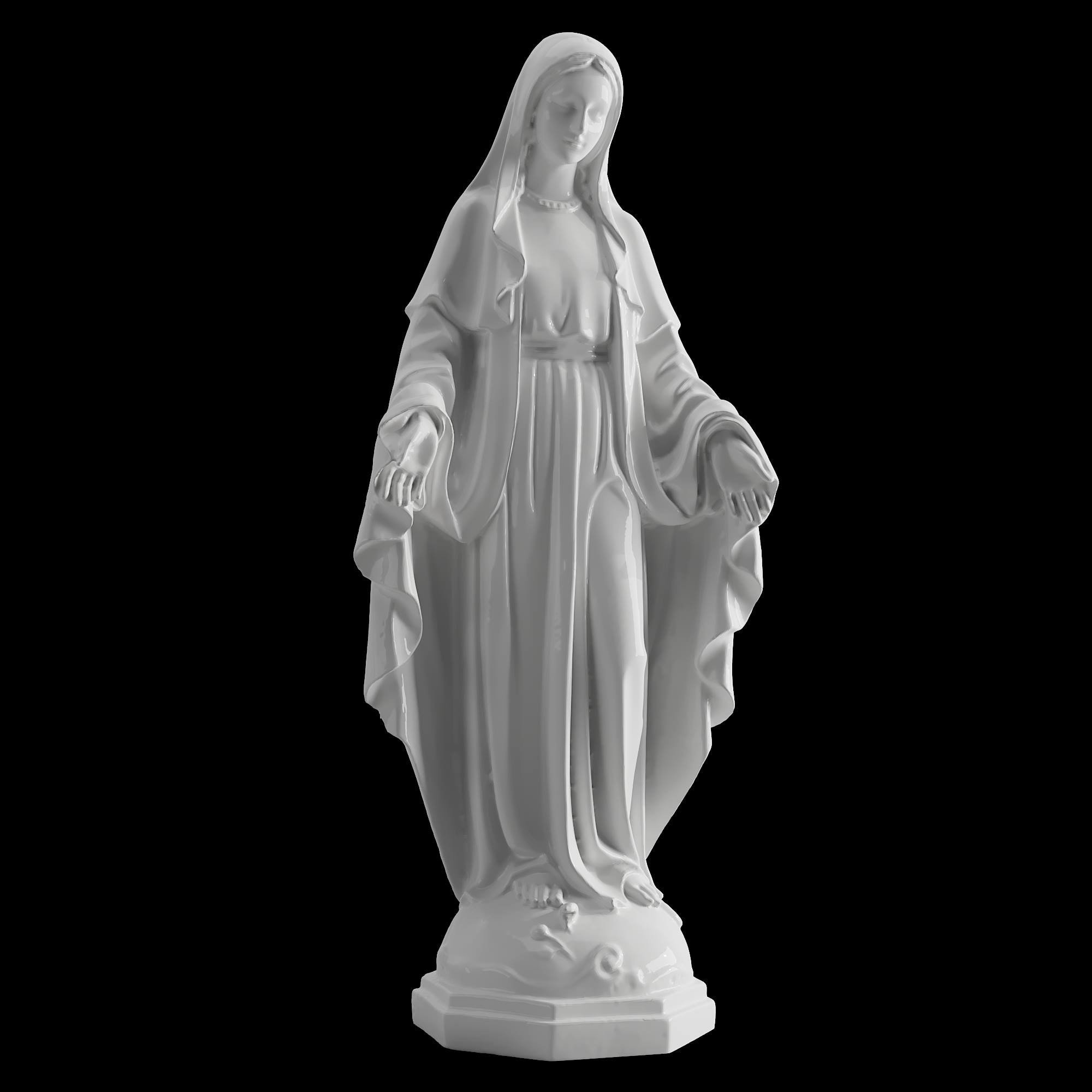## The Modern Wardrobe: A Fusion of Form and Function
The humble wardrobe, once a utilitarian box for storing clothes, has evolved into a statement piece in modern homes. This shift reflects a growing emphasis on aesthetic appeal and functional efficiency within our living spaces.
3D modeling plays a crucial role in this transformation. By enabling the virtual creation of wardrobe designs, designers can explore various shapes, materials, and configurations before committing to actual production. This process allows for greater customization and innovation, resulting in wardrobes that are both visually striking and perfectly suited to individual needs.
Part 1: Exploring the Design Elements of a Modern Wardrobe
1. Minimalist Aesthetics:
Modern wardrobes prioritize clean lines, simple forms, and uncluttered surfaces. Geometric shapes like rectangles and cubes dominate the design, creating a sense of order and sophistication. Subtle detailing, such as inset handles or integrated lighting, further enhance the minimalist aesthetic.
2. Material Choices:
Modern wardrobes often feature high-quality materials that reflect both style and durability.
* Wood: Solid wood in finishes like oak, walnut, or maple provides a classic look and timeless elegance.
* Metal: Aluminum and steel contribute a contemporary touch, offering strength and sleekness.
* Lacquered finishes: These surfaces add a glossy sheen and smooth texture, lending a sophisticated air to the wardrobe.
3. Functionality First:
Modern wardrobe designs prioritize practicality alongside aesthetics.
* Adjustable shelves: These allow for flexible storage of items of different sizes and types.
* Pull-out drawers: Provide easy access to folded clothes, maximizing storage space and minimizing clutter.
* Integrated lighting: Illuminates the interior of the wardrobe, making it easier to find items and adding a touch of luxury.
4. Open Storage Solutions:
Modern wardrobes often incorporate open shelves or cubbyholes, allowing for displaying favorite items and creating a sense of openness. These elements can also serve as decorative features, showcasing curated collections of accessories or books.
Part 2: Leveraging 3D Modeling for Wardrobe Design
1. Virtual Prototyping:
3D modeling software allows designers to create virtual prototypes of wardrobe designs, enabling them to experiment with different shapes, materials, and configurations before committing to physical production. This virtual process is cost-effective and efficient, allowing for rapid iteration and refinement.
2. Precise Dimensioning and Detailing:
3D models provide accurate measurements and detailed representations of wardrobe components. This information is crucial for manufacturing and assembly, ensuring a seamless fit and functionality.
3. Visualization and Client Communication:
3D rendered images and virtual walkthroughs provide a realistic visual representation of the final wardrobe design. This allows clients to visualize the product in their space and make informed decisions about customization and finishes.
4. Material Exploration:
3D modeling software allows for experimentation with different materials and textures. Designers can virtually apply various finishes to the wardrobe model, visualizing the final appearance and selecting the most suitable options.
Part 3: 3D Modeling Software for Modern Wardrobe Design
Several 3D modeling software options are available for designers working on modern wardrobe designs:
* SketchUp: A user-friendly software known for its intuitive interface and ease of use.
* Rhino: Offers advanced modeling capabilities and is particularly suited for creating complex shapes and curves.
* 3ds Max: A powerful industry-standard software with extensive rendering and animation features.
* Blender: An open-source software with a broad range of features and a large user community.
Part 4: The Future of Modern Wardrobes:
The use of 3D modeling in wardrobe design continues to evolve, opening doors to innovative solutions and personalized experiences.
* Smart features: Integrated smart features like automated lighting, temperature control, and virtual assistants could transform wardrobes into connected spaces.
* Sustainable materials: The increasing focus on sustainability will drive the use of eco-friendly materials like bamboo, recycled plastic, and bio-based composites in wardrobe design.
* Mass customization: 3D printing technology could enable mass customization of wardrobe designs, allowing customers to create uniquely tailored pieces to their specific needs and preferences.
The future of modern wardrobes lies in the seamless integration of form and function, facilitated by 3D modeling and cutting-edge technologies. This evolution promises wardrobes that are not only stylish and efficient but also adaptable, sustainable, and personalized, reflecting the evolving needs and aspirations of modern living.













Comment (0)